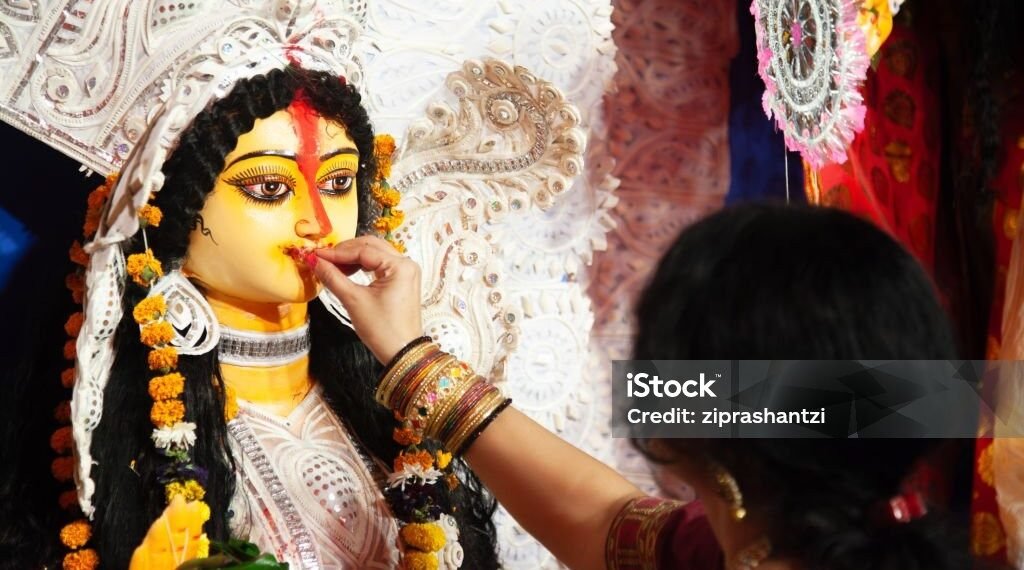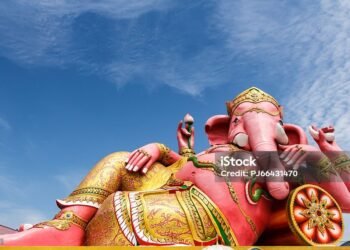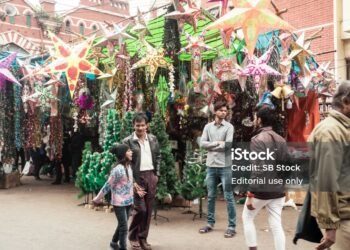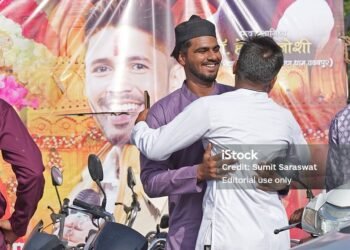Introduction
Durga Puja stands as Bengal’s most iconic festival, a ten-day celebration of the goddess Durga’s victory over evil and the triumphant return of feminine power to the heart of the community. Every autumn, Kolkata and towns across West Bengal transform into vibrant canvases of creativity, as elaborate pandals, masterfully sculpted idols, music, and cuisine draw millions into a shared outpouring of joy, devotion, and artistry. Inscribed on UNESCO’s Intangible Cultural Heritage list, Durga Puja unites religion, art, and social unity in a spectacle unlike any other.

Context and Origins
Rooted in ancient Hindu mythology, Durga Puja celebrates the goddess Durga, invoked by the gods to defeat the powerful buffalo demon Mahishasura—a story symbolizing the triumph of good over evil and the restorative power of the divine feminine (Shakti). The worship of Durga dates to the Vedic period, but public celebrations as known today flourished in Bengal from the late 16th century, starting with zamindar (landowner) families and blossoming into community-wide festivals (‘Sarbojonin’ Pujas) during colonial times.
Key Features and Vocabulary
Pandal: A temporary, elaborately decorated structure housing the idol; pandals range from traditional to avant-garde, each vying for artistic innovation and thematic storytelling.
Idol-making: Skilled artisans use clay from the Ganga to sculpt images of Durga and her children (Lakshmi, Saraswati, Ganesh, Kartikeya), culminating in the ritual painting of the goddess’s eyes (‘Chokkhu Daan’) on Mahalaya.
Dhak: The festival’s heartbeat—a reverberating drum that sets the rhythm for ritual, dance, and celebration.
Pushpanjali: Devotees offer flowers and prayers to the goddess, especially on Saptami, Ashtami, and Navami.
Sindoor Khela: On Vijayadashami, married women apply vermilion to each other, celebrating feminine power and social bonds.
Art and illumination: Pandals are lit with dazzling displays, and city streets become open-air galleries for craftspeople, designers, and light artists.
Evolution of Celebrations
Pre-puja preparation (Mahalaya): Begins with prayers and listening to the Mahishasura Mardini recitation; idol-making reaches its climax.
Shashthi to Dashami (sixth to tenth day):
Shashthi/Saptami: Ritual unveiling of the goddess, ‘Bodhon’, signals her arrival into the world.
Ashtami: The main day of worship includes the powerful ‘Sandhi Puja’, marking the vanquishing of Mahishasura and communal prayers.
Navami: Final full day of festivities; bhog (community meals) are shared, and aarti dances set a dramatic climax.
Dashami/Vijaya Dashami: Emotional farewell as idols are immersed in the Ganga river (‘Bisorjon’), symbolizing Durga’s return to her divine abode and the cyclical rhythm of homecoming.
Iconic Examples and Regional Expressions
Kolkata’s Pandals: Over 2,000 pandals each year; neighborhoods (para) compete for the most imaginative designs, from replicas of world monuments to commentaries on social themes. Notable pandals include those at Ballygunge, Shobhabazar, and the famed Sribhumi.
Bonedi Bari Pujas: Historic mansion celebrations preserve aristocratic and ritual traditions, offering a glimpse into Bengal’s past.
Community and Art: Local artists, craftsmen, and women’s groups contribute to decorations, theater, and dhak performances, making Durga Puja an inclusive cultural movement.
Street food and sweets: The festival is a paradise for food lovers, featuring everything from luchi and alur dom to sandesh, rosogolla, and mishti doi.
Techniques, Rituals, and Process
Idol-making: Bamboo frames are layered with straw and clay, coated for detail and painted—highlighting the goddess’s eyes last as the breath of divinity.
Ritual immersion: After days of worship, the idols are paraded through the streets amid song and dance and immersed in the river to complete the cycle of creation and dissolution.
Traditional performances: Dhunuchi naach (incense dance), dhaak music, and group singing imbue the air with energy and devotion.
Family and Home: Bengalis travel from around the world to reunite with loved ones and partake in rituals at ancestral homes and local pandals.
How to Read or Experience Durga Puja
Pandal-hopping: Explore Kolkata by night to witness pandal themes and illuminations; each tells a story of faith, artistry, and community spirit.
Participation: Join pushpanjali, dhunuchi dance, or local aarti—visitors are welcome at most public celebrations.
Taste Bengal: Sample sweets and festival foods at streetside stalls or iconic sweet shops.
Cultural performances: Enjoy live music, dance, and theater staged at major pandal sites.
Inclusivity: The festival bridges all barriers; people of every background participate, underscoring Bengal’s communal harmony.
Contemporary Relevance and Legacy
Economic lifeline: Kolkata’s Durga Puja is estimated to generate over ₹32,000 crore ($3.9 billion USD) in economic activity, supporting artisans, florists, caterers, transport, and hospitality.
UNESCO recognition: In 2021, Kolkata’s Durga Puja joined UNESCO’s Representative List of Intangible Cultural Heritage, recognizing its role in safeguarding living culture and collective creativity.
Modern themes: Many pandals now highlight social justice, the environment, and gender equality, reflecting Bengal’s progressive pulse while honoring age-old tradition.
Conclusion
Durga Puja is more than a festival; it is Bengal’s soul on display—a confluence of spiritual devotion, spectacular artistry, and deep communal ties. As Kolkata and West Bengal welcome the goddess home each year, the city blooms with new ideas, age-old rituals, flavor, and song, keeping alive the power of the divine feminine in the heart of modern India. For every devotee and visitor, it is an invitation to witness and celebrate the force of creativity, inclusion, and social renewal that Durga Puja so joyously embodies.





